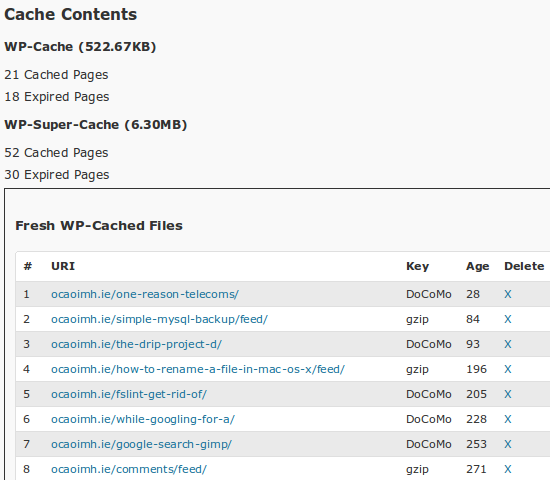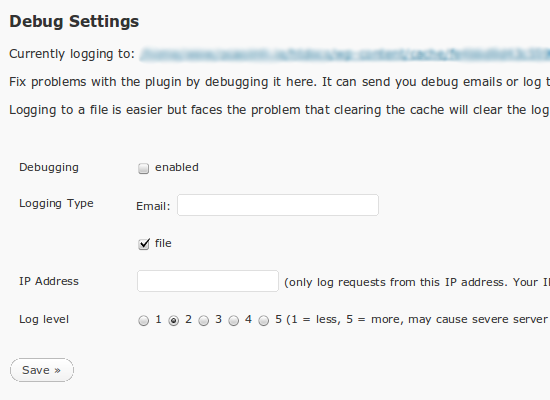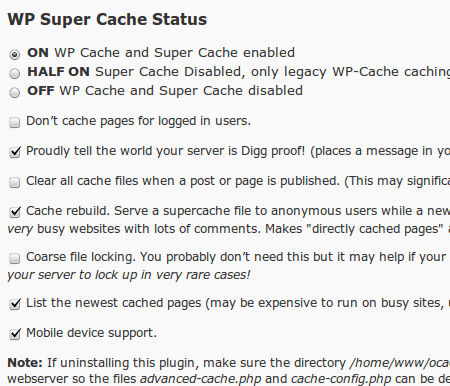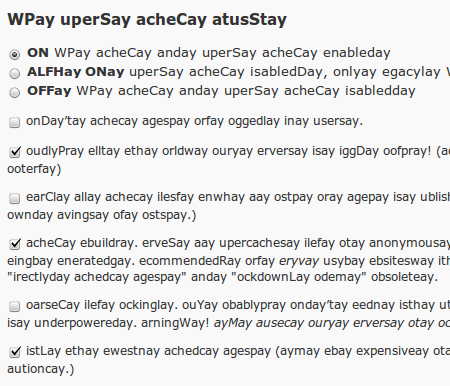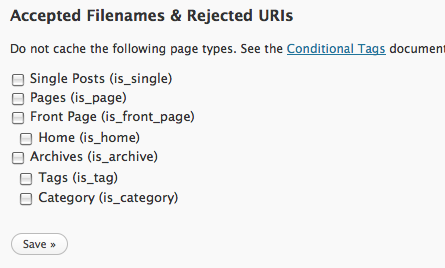I’ve got good news, and I’ve got great news! The good news is for spammers. The great news is for you.
The good news is that in 3 simple steps you too could win a trip to Disneyland:
- Visit one of those sites that lists this blog as a dofollow blog (BTW – it doesn’t dofollow anymore)
- Click on a link to my blog.
- Have a great time in Disneyland!
The great news is that you can send those spammers to Disneyland too! Just take a look at the code in disney.txt and copy it into your wp-config.php (Put it right at the top of the file!) or into an auto_prepend file.
The $bad_referrers array is a simple list of offending sites that send you the most spammers. Add them in and when the spammer comes visiting they’ll be whisked off to Disneyland for a magical tour of the castle. (Hopefully they’ll meet an ogre who’ll take a fancy to them and lock them in the tower or something!)
I use my Comment Referrers WordPress plugin to tell me where comment authors come from but sometimes if they’ve browsed around my site (and the referrer is gone then), I search my logs for their IP address.
Yes, the above could be done with .htaccess mod_rewrite rules but this is more portable and I redirect to a Pretty Link shortcut so I can easily count the hits. No matter what I did I couldn’t get it to exclude the hit to the shortcut and it would redirect continuously.
Update! I added rewrite rules to send the spammers off. I’m sure these rules can be improved so leave a comment if you have any tips.
RewriteCond %{HTTP_REFERER} .*theseomizer.com.* [NC,OR]
RewriteCond %{HTTP_REFERER} .*seomizeme.com.* [NC,OR]
RewriteCond %{HTTP_REFERER} .*revolutioners.com.* [NC,OR]
RewriteCond %{HTTP_REFERER} .*rishabhsood.net.* [NC,OR]
RewriteCond %{HTTP_REFERER} .*011831068587400451950.* [NC,OR]
RewriteCond %{HTTP_REFERER} .*backlinkmagic.com.* [NC,OR]
RewriteCond %{HTTP_REFERER} .*www.online-utility.org/webmaster/backlink_domain_analyzer.jsp.* [NC,OR]
RewriteCond %{HTTP_REFERER} .*forums.digitalpoint.com/showthread.php?t=1011238.* [NC,OR]
RewriteCond %{HTTP_REFERER} .*courtneytuttle.com/blogs-that-follow/.* [NC,OR]
RewriteCond %{HTTP_REFERER} .*forums.digitalpoint.com/showthread.php?t=1006727.* [NC,OR]
RewriteCond %{HTTP_REFERER} .*forums.digitalpoint.com/showthread.php?t=1003675.* [NC,OR]
RewriteCond %{HTTP_REFERER} .*rasimcoskun.com.* [NC,OR]
RewriteCond %{HTTP_REFERER} .*smartpagerank.com.* [NC]
RewriteRule ^(.*) http://disney.com/ [R,L]
And in other news, Stephen Cronin created the comment warning plugin to warn visitors who come from predefined urls like the dofollow lists above. Nice!

